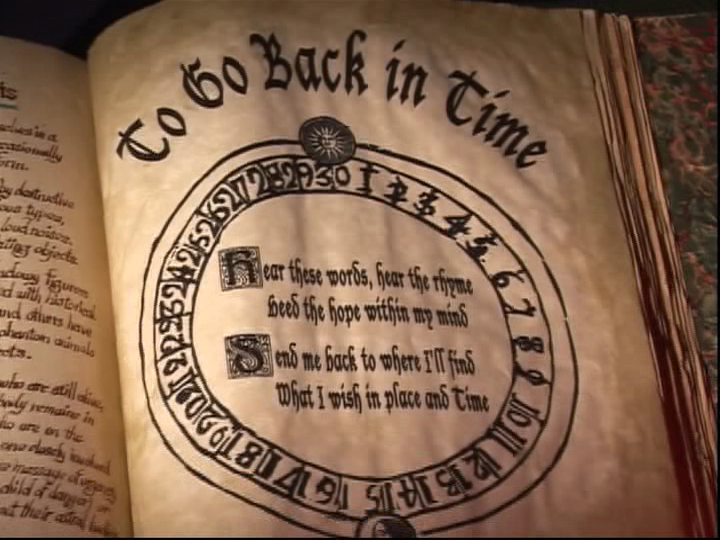
Over-the-counter pain relievers, ice, and heat will work to take the edge off most back pain. A physical therapist can work with you to design a set of exercises, give you relief from the pain, and get you moving again. It will help work out the kinks, build support for your spine, and improve your flexibility. Your specific treatment will depend on what's causing your pain and where in your back it is.ĭespite what you may think or have been told before, staying in bed isn't usually the answer gentle exercise is. But they're not always useful, and there's not always a direct link between the results of these tests and how much it hurts. You might need imaging tests, like X-rays, an MRI, or a CT scan. That may be enough to decide what to do next. If it lasts longer than 6 weeks, or spreadsĭuring your exam, your doctor will test your range of motion - unless you can't move - and check how well your nerves are working.When the pain gets in the way of your daily activities.After you get hurt, like in a fall or accident.Uncontrolled peeing or pooping, or inability to pee, and muscle weakness could mean a serious problem like spinal cord compression. You may also have feelings in your legs or arms: It could come from weak muscles that can't handle everyday walking, bending, and stretching.īack pain - whether a dull ache or shooting - is just one sign that something's going on with your back.

Sometimes your back might be sore for no clear reason.

Hormonal changes and weight gain put new kinds of stresses on a pregnant woman's spine and legs.

Pregnancy often brings on back pain, too. Bone spurs or a herniated disk can push on nerves. Osteoarthritis can affect your vertebrae, when the cartilage between them wears down. Stabbing low back pain could be from muscle spasms, when your muscles seize up and don't relax, like a cramp. Injuries from contact sports, accidents, and falls can cause problems ranging from minor muscle strains, to herniated disks, to fractures that damage the spinal column or cord. These areas support more weight than your upper and mid back, which are less prone to trouble. It happens most often in the curve of the low back and the base of the neck. One of the more common types of back pain comes from straining the bands of muscles surrounding the spine. It houses and protects your spinal cord, the network of nerves that transmit feeling and control movement throughout your entire body. It curves back at your shoulders and inward at your neck and small of your back. A healthy spine is S-shaped when viewed from the side. The spine is actually a stack of 24 bones called vertebrae.

It's your body's main structural support. There's a lot riding on your spinal column.


 0 kommentar(er)
0 kommentar(er)
